Increased Focus on Water Safety
The heightened focus on water safety is a significant driver for The Global Swimming Gear Industry. Governments and organizations are increasingly emphasizing the importance of swimming skills and safety measures, leading to a rise in swimming lessons and safety programs. This trend is reflected in the growing sales of safety gear, such as life jackets and swim aids. Reports suggest that the market for safety-related swimming gear is expanding, as parents and guardians prioritize the safety of children in aquatic environments. This focus on safety is likely to continue influencing purchasing decisions in the swimming gear market.
Expansion of Swimming Facilities
The expansion of swimming facilities plays a crucial role in driving The Global Swimming Gear Industry. New swimming pools, aquatic centers, and recreational facilities are being developed in various regions, providing more opportunities for individuals to engage in swimming. This increase in infrastructure is accompanied by a rise in swimming programs and classes, further promoting the sport. Data indicates that investments in public and private swimming facilities have surged, leading to a higher demand for swimming gear. As more facilities become available, the market for swimming gear is expected to grow correspondingly.
Growing Awareness of Health Benefits
The growing awareness of health benefits associated with swimming is a key driver for The Global Swimming Gear Industry. As individuals increasingly recognize swimming as a low-impact, full-body workout, participation rates are likely to rise. Health organizations advocate swimming for its cardiovascular benefits, muscle strengthening, and stress relief. This awareness is reflected in the rising sales of swimming gear, as more people invest in quality equipment to enhance their swimming experience. The trend towards healthier lifestyles is expected to sustain demand for swimming gear, contributing to the overall growth of the market.
Rising Participation in Aquatic Sports
The increasing participation in aquatic sports is a notable driver for The Global Swimming Gear Industry. As more individuals engage in swimming, water polo, and synchronized swimming, the demand for specialized gear rises. According to recent statistics, the number of registered swimmers has seen a steady increase, with millions participating in competitive events worldwide. This trend not only boosts sales of swimming gear but also encourages manufacturers to innovate and expand their product lines. The growing popularity of aquatic sports is likely to continue, suggesting a sustained demand for swimming gear in the coming years.
Technological Innovations in Gear Design
Technological innovations in gear design are transforming The Global Swimming Gear Industry. Advances in materials and manufacturing processes have led to the development of high-performance swimsuits, goggles, and other equipment. For instance, the introduction of hydrodynamic fabrics and ergonomic designs has enhanced the performance of competitive swimmers. Market data indicates that the segment for technologically advanced swimming gear is experiencing rapid growth, as athletes seek equipment that provides a competitive edge. This trend suggests that ongoing innovations will continue to shape consumer preferences and drive market expansion.


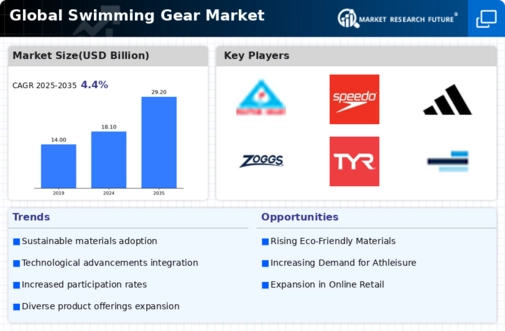
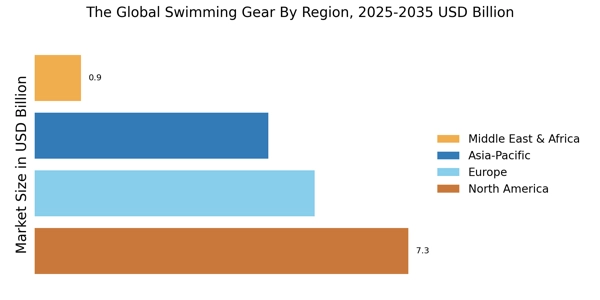


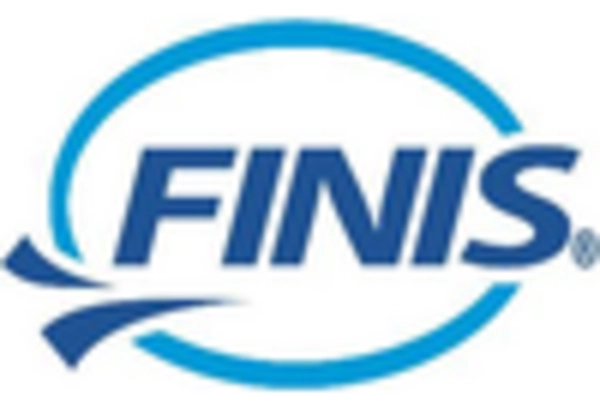
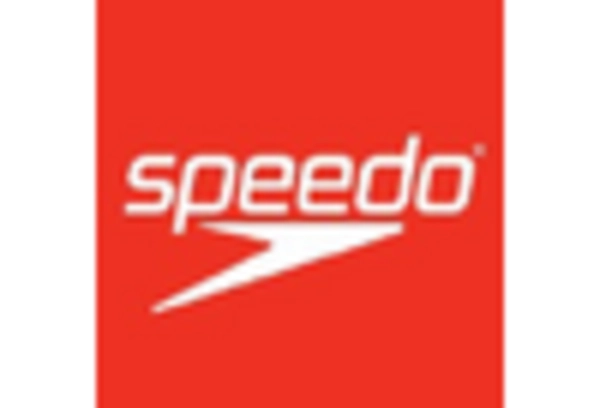

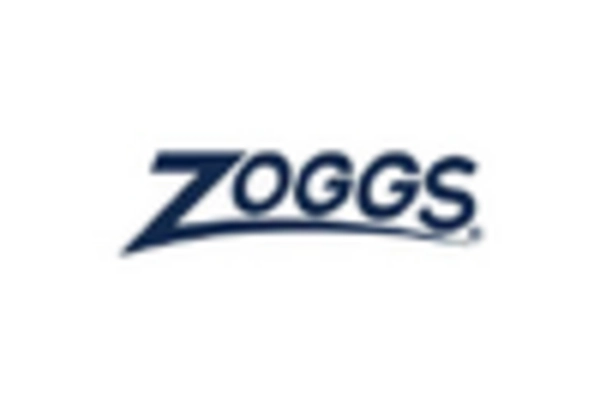








Leave a Comment